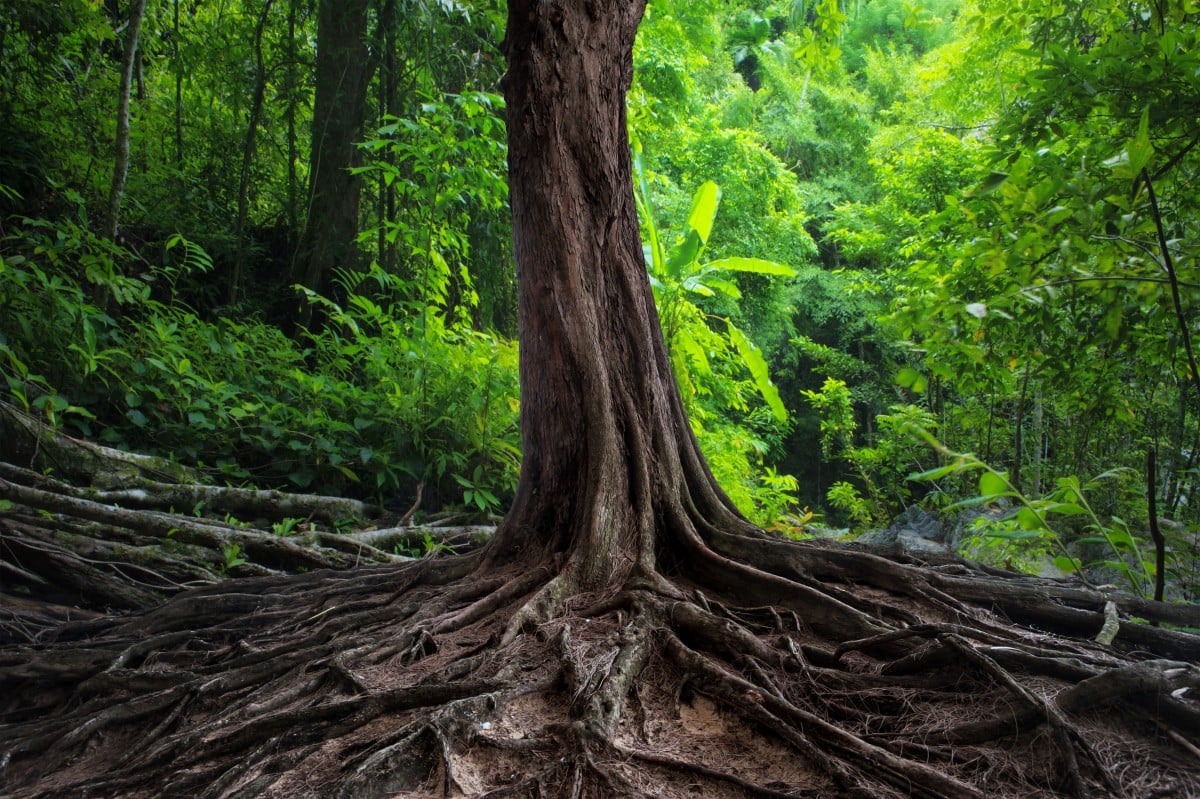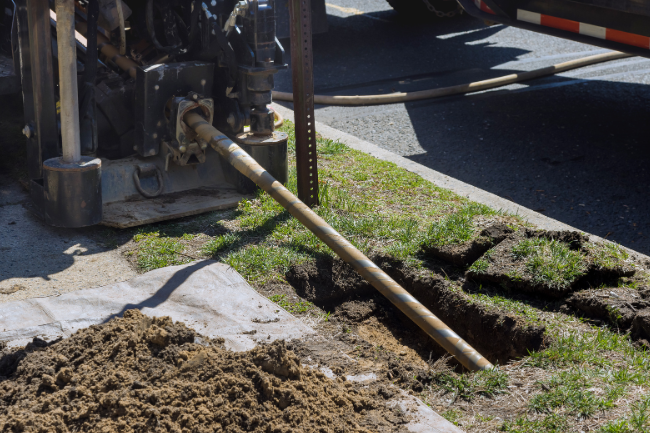Which Trees Cause the Most Pipe Damage?
Posted by William Heinselman on

While there are methods to restore pipe damage from tree roots, you can often make smarter landscaping decisions early on to avoid intrusions altogether. A lot of this depends on knowing where your underground pipelines lie, as well as what plant species require deep or wide roots - species to avoid if pipes run across or throughout your lawn, or are within a certain depth range.
Tree Species With the Most Invasive Roots
We can go on for days about the types of problems and damage from tree roots in sewer lines causes. However, if you’re planning on renovating your lawn and planting new trees to add to aesthetics or property value, what you really need to know is the most hazardous species to underground pipes. So let’s cut to the chase. The following are tree and plant species that often cause sewer line damage:
- Sycamore trees
- Willows
- Oak and fig trees
- Maple trees
- Aspen trees
- Elm trees
- Birch trees
While these trees can cause major root damage to underground sewer pipe lines, they don’t need to be out of the picture completely. A plumbing or landscaping expert can provide insights into typical root length, in relation to your pipe depth, type and location.
Species that pose little or no threat to underground pipe damage from tree roots include:
- Mediterranean fan palms
- Many fruit tree species
- Certain cypress and cedars
- Wafer ash
- Sabal palmetto
- Magnolias
These above listed tree species you can plant at no risk to your plumbing! If you know where pipelines run beneath your home and property, you can plant problematic species accordingly, at enough range that your pipes are not at risk for tree root intrusion. However, if you don’t have this information on file, you should consider the above low-risk species, or contact a plumbing expert to determine where pipes run under your property.
Signs of Roots in Pipes
If you suspect of tree roots causing pipe damage, there are symptoms of tree root intrusion to look out for. The signs of roots in pipes will vary depending on the severity of damage. If left untreated, minor cracks, clogs, and roots in pipes can eventually lead to major damage such as crushed pipes.
Signs of Drain or Sewer Line Pipe Damage From Tree Roots
- Frequent, unexplained clogs in tubs, toilets, or sinks
- Frequent toilet plunging
- Gurgling coming from drains
- Water draining slowly from the tub or sink
Signs of a Root Clog in a Main Water Line
- Slow emptying drains
- Low water pressure in showers or sinks
- Gurgling sounds
Signs of a Major Crack in your Pipelines
- Sudden reduction in available water
- Abrupt drop in water pressure
- Whistling, or unusual sounds, from your pipes
- Sudden increase in water bills despite normal water usage
- Green patches in your yard
- Foul smells in your yard or basement
Types of Pipes Susceptible to Tree Root Intrusion
Naturally, some types of pipe can withstand the elements better than others; this also applies to root intrusion and growth. Steel and PVC pipe lines, for instance, are the least susceptible pipe materials to root damage. Steel pipe lines are durable enough to avoid puncturing by tree roots, and PVC or cured-in-place pipe lines do not give many points for roots to intrude in the first place.
Cement, Clay, Orangeburg or cast iron pipes, on the other hand, degrade significantly over time and are particularly prone to pipe damage from tree roots. For root invasions in these pipe systems, it’s often more effective - and economical, in the long term - to replace the pipe entirely. This can be done either by pipe bursting or trenching, with the best option depending on pipe depth and length, as well as surface level elements.
How To Stop Roots From Growing Into Pipes
The best method to prevent roots from invading your pipes and wrecking havoc is preventative care. Planting trees with limited root growth where your underground pipelines lie will help prevent pipe damage from tree roots. Be smart with landscaping by planting small trees and shrubs, or slow-growing trees with a small root ball.
Sometimes, however, these factors are out of your ability to control. You can attempt to inhibit pipe damage from tree roots by creating a barrier between your main pipelines and trees. Slow-release chemicals can be used as growth inhibitors in residential areas to prevent root growth. Spread copper sulfate, potassium hydroxide, and other like chemicals, near the pipeline to deter tree roots from spreading. Hydro-jetting is another option to remove tree roots that are severely clogged main sewer pipes. When combined with trenchless technology, hydro-jetting can ensure damaged pipes can be restored.
How to Clear Roots From Drain Pipes
Sometimes, there is no amount of prevention you can do to prevent invasive tree roots in pipes. When there is tree root intrusion damage, there are several professional solutions to clearing out roots in pipes and restoring your plumbing.
Trenchless Lining
For moderate to low intrusions, many homeowners turn to trenchless pipe lining as an effective long-term solution to tree root intrusion. In this application, trenchless specialists will clear roots from your sewer line and coat inner pipe walls with an epoxy resin; this can be done to entire pipe lengths or isolated locations (known as spot repair), depending on the extent of intrusion.
Pressurized by an inflatable air bladder, this resin cures in-place in a few hours’ time, effectively creating single-bodied, durable pipe walls/segments (depending on the application). As PVC pipes are considered by far the most resilient to tree root intrusion, this guarantees plumbing system safety for decades to come (Note that these pipes aren’t invincible - pipe damage from tree roots can still occur if deep or fast rooting trees are planted within close proximity).
Trenchless Bursting
Another trenchless technology method, pipe bursting involves using a pneumatic or hydraulic head that breaks apart the old, damaged pipe and drags in a new replacement. Professional pipe bursting can replace pipes from tree root intrusion for a wide variety of types, including iron, steel, PVC, clay, and Orangeburg.
If you’re planning on renovating your lawn and planting new trees, knowing the right place to plant and the right type of tree to plant is essential. If you believe your home sewer line has already fallen victim to tree root intrusion, don’t wait for the problem to worsen. Reach out to a professional trenchless pipe repair specialist sooner, rather than later.
Topics: Trenchless Technology, Sewers


![Repiping Your Sacramento Home [6 Steps]](https://www.expresssewer.com/hs-fs/hubfs/plumbing%20tools%20and%20blueprints.jpeg?width=550)




